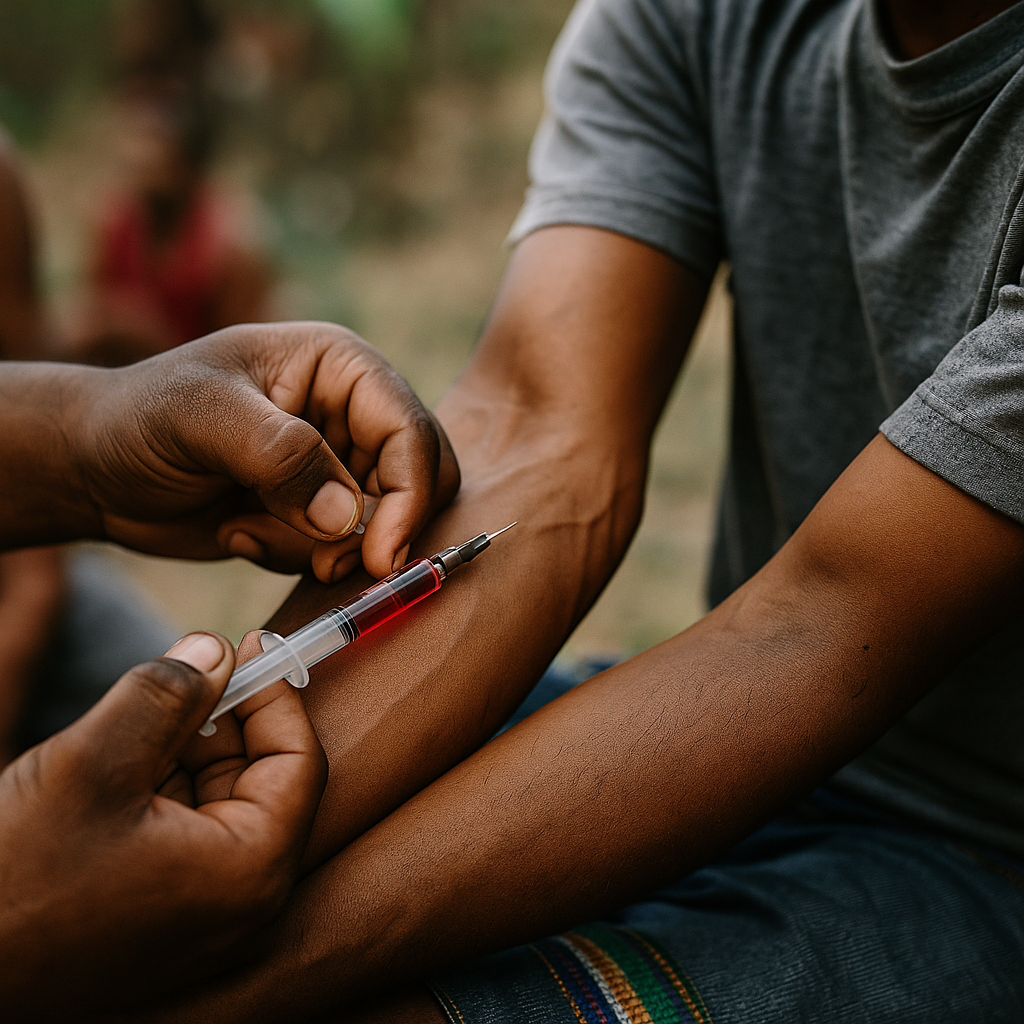WHAT IS LYMPHOMA?
Lymphoma is a cancer of white blood cells called B-lymphocytes, or B-cells. They multiply rapidly and form tumors. Lymphoma of the brain or spinal cord is called central nervous system (CNS) lymphoma.
AIDS-related lymphoma is sometimes called Non-Hodgkin’s Lymphoma (NHL). In 1985, the Centers for Disease Control added NHL to the list of diseases that define AIDS. Hodgkin’s Disease, another type of lymphoma, is rare in people with HIV.
The longer you live with a suppressed immune system, the higher the risk of NHL. It can occur even with a high CD4 count. It can be serious and often fatal, sometimes within a year.
The use of combination antiretroviral therapy (ART) cut the rates of most opportunistic infections by about 80%. At first, this did not appear to be true for NHL. However, newer studies show a decrease of about 50% in NHL rates, especially CNS lymphoma. NHL still accounts for about 20% of the deaths of people with HIV. Approximately 10% of peole with HIV may eventually develop NHL.
HOW IS NHL DIAGNOSED?
NHL tumors can occur in the bone, abdomen, liver, brain or other parts of the body. The first signs of NHL are swollen lymph nodes, fever, night sweats, and weight loss of more than 10%. These symptoms occur with several AIDS-related illnesses. If health care providers cannot find another cause for these symptoms, they will test for NHL.
NHL is usually diagnosed using imaging techniques or biopsies. The imaging techniques include various scans (CAT, PET, gallium and thallium.) A biopsy is an examination of cells from a suspected tumor. The cells are collected by a thin needle, or they are cut out surgically.
WHAT CAUSES NHL?
NHL is caused by long-term stimulation of the immune system. When B-cells multiply quickly for many years, more mutations occur. Some of these mutations cause cancer.
About 4% of people with symptoms of HIV disease develop NHL each year. The rate of NHL in people with HIV is over 80 times higher than for the general population.
The risk of NHL is increased by infection with Epstein-Barr virus and by genetic factors. The rate of NHL is twice as high in men as in women, and twice as high in Caucasians as in people of African or Caribbean ancestry.
At the present time we don’t know how to prevent NHL.
HOW IS NHL TREATED?
Most cancers are treated by a combination of drugs (chemotherapy or chemo). Chemo is very toxic. It suppresses the immune system. It can cause nausea, vomiting, fatigue, diarrhea, swollen and sensitive gums, mouth sores, hair loss, and numbness or tingling in the feet or hands.
Chemo also damages bone marrow. This can cause anemia (low red blood cells) and neutropenia (low white blood cells). Neutropenia increases the risk of bacterial infections. Additional drugs may be needed to fight these side effects.
NHL in the central nervous system is very difficult to treat. Radiation therapy may be used instead of, or in addition to chemotherapy.
ART makes it easier for HIV patients to tolerate strong chemotherapy for NHL. As a result, the death rate from NHL has dropped by over 80%. Seventy-four percent of patients recovered from NHL in a study using a newer combination of chemotherapy drugs known as EPOCH.
Since people started using strong ART, the types of NHL seen in people with HIV are types that are easier to treat. As a result, people with HIV and NHL are living longer.
Several types of chemo are used for NHL. Chemo clears up tumors in about 50% of patients. However, tumors return in many patients within a year.
People diagnosed with NHL are at a higher risk of developing pneumocystis pneumonia (PCP) and should all take medications to prevent it. See Fact Sheet 515 for more information on PCP.
?Monoclonal antibodies? are being used against NHL, and researchers continue to study their use. These drugs are produced through genetic engineering. They attack the B-cells that are multiplying out of control. The names of monoclonal antibodies end in “-mab,” such as rituximab. They shrink tumors and increase the time before tumors return.
THE BOTTOM LINE
NHL, a cancer involving B-cells, affects people with advanced AIDS. It is serious and often fatal. The use of ART has reduced the number of new cases. This is especially true for NHL in the central nervous system.
NHL is treated with chemotherapy drugs. In the CNS, radiation therapy is also used. Even if NHL tumors are cleared up, they tend to return in many people.
Treatment of NHL is difficult. People who get it often have very weak immune systems. ART strengthens the immune system and permits the use of stronger chemotherapy. It also seems to make NHL easier to treat. Additional drugs are often needed to deal with the side effects of chemo.
New genetically engineered drugs called monoclonal antibodies are now being used against NHL. Studies of the use of monoclonal antibodies and new combinations of chemo drugs are continuing



